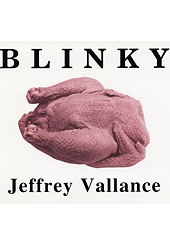Anthropology
Corn Rocks
"Corn rocks" are pieces of lava rock that have impressions of pieces of corn imbedded in them. Geologists have found many samples of corn rocks around the Sunset Crater Volcano in northern Arizona. When the volcano erupted, about 1000 years ago, the people that lived around it were evidently putting pieces of corn in the lava to create these rocks. Why they did this is anyone's guess. Perhaps for religious reasons, or perhaps just for fun.
Source: Google Arts & Culture
Geologists tried to create corn rocks of their own at Kilauea Volcano in Hawaii, but they found it wasn't as straightforward as they had assumed. Putting the corn in the path of a lava flow didn't work. Nor did dropping corn on top of a flow. Geologist Wendell Duffield tells the rest of the story:
Obviously, it would not be safe for humans to carry ears of corn into the fallout zone of a towering lava fountain. A safe setting, however, would be at what geologists call an hornito (means "little oven" in Spanish). An hornito is essentially a miniature volcano that spews molten blobs of melt that fall back to Earth and accumulate into a welded-together chimney-like stack as they solidify and cool...
So, early Native Americans living near the present site of Sunset Crater Volcano witnessed an eruption that at some stage could be safely approached to place ears of corn at the base of an active hornito.
Posted By: Alex - Fri Aug 11, 2023 -
Comments (0)
Category: Nature, Science, Anthropology, Ancient Times, Arizona
The Scatalogic Rites of All Nations
Read it here.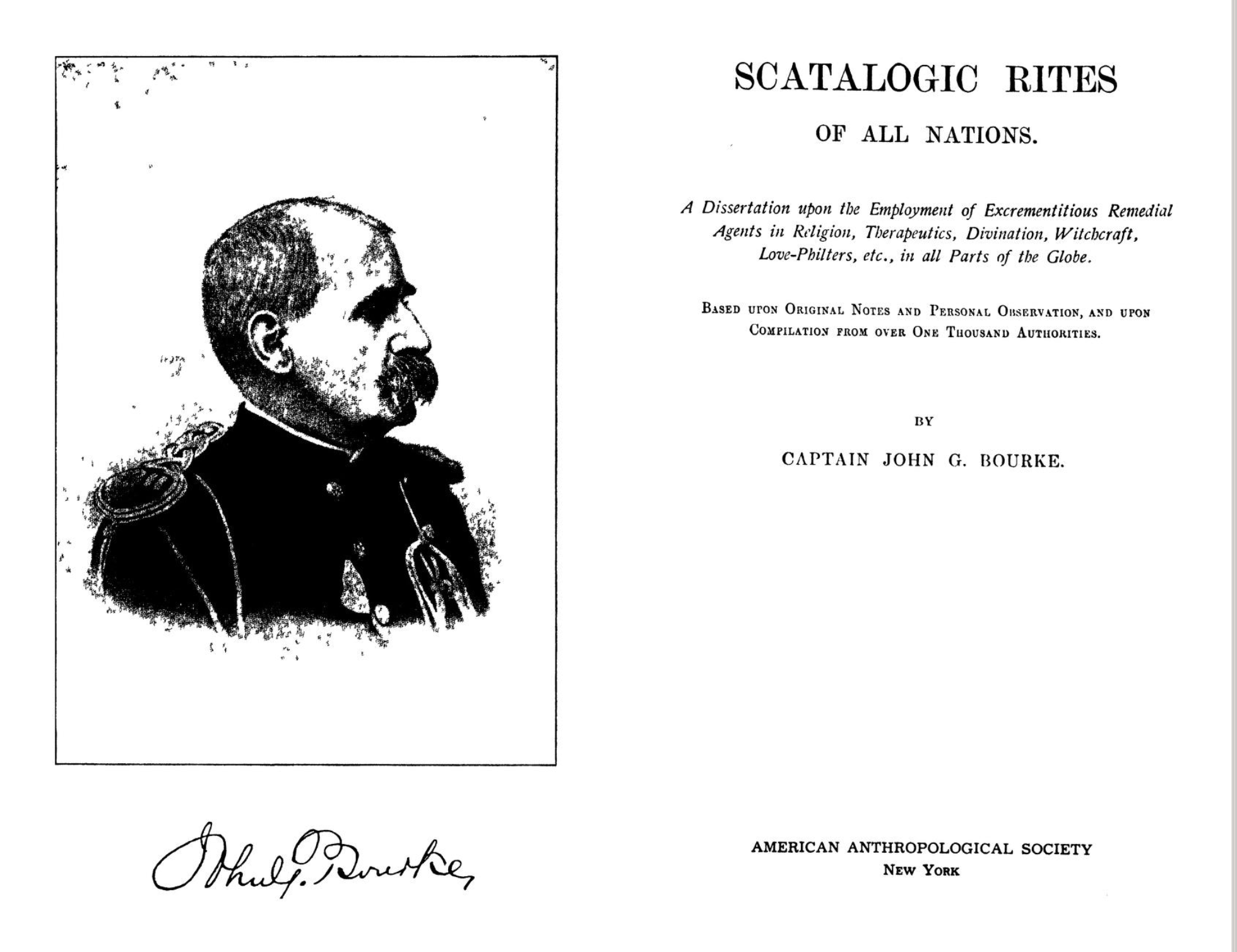

Posted By: Paul - Mon Jul 10, 2023 -
Comments (0)
Category: Hygiene, Excrement, Regionalism, Anthropology, Nineteenth Century
The Tumpline Hypothesis
The great houses of Chaco Canyon (New Mexico) were built around 1000 years ago, using the wood of over 200,000 trees. However, the trees were about 70 miles away from the houses. So how did the Chacoans get the wood to the construction site? There's no archaeological evidence the wood was dragged, and the Chacoans had no draft animals or wheels.According to the Tumpline Hypothesis, the Chacoans used tumplines, which are straps that go over the head and can be used to carry heavy weights. From Ars Technica:
Posted By: Alex - Tue Apr 25, 2023 -
Comments (1)
Category: Science, Anthropology, Experiments
Homo cerebrointricatus
In 1953, Dr. Wilton Krogman of the University of Pennsylvania used his skills as a physical anthropologist (and his knowledge of human evolution) to predict what humans will look like five million years in the future. He decided that humans will evolve into a species he called Homo cerebrointricatus, meaning super-brained man. Our descendants will have telepathic brains, no stomachs, and "flat, round, pedestal-like feet."Unfortunately, I haven't been able to find any illustrations of Homo cerebrointricatus.
Part of his prediction reminds me of the mentats in Frank Herbert's Dune:
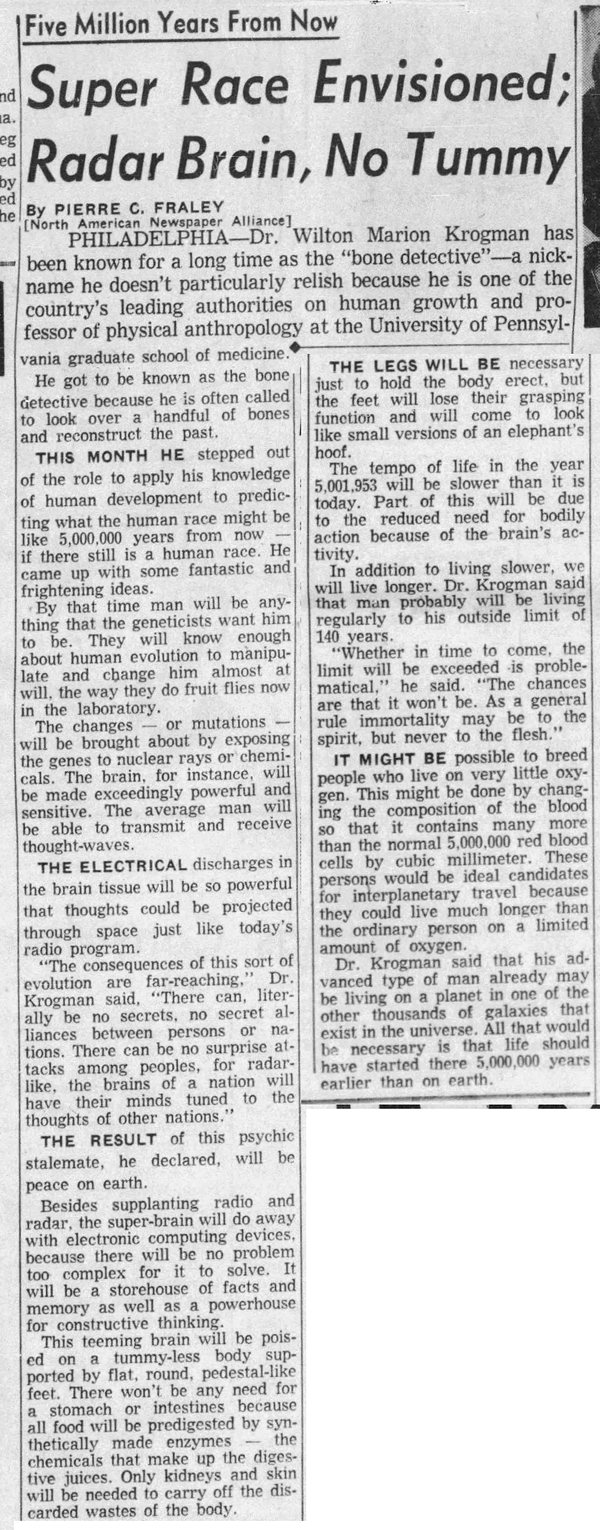
Calgary Herald - Oct 22, 1953
Posted By: Alex - Tue Oct 25, 2022 -
Comments (4)
Category: Anthropology, Science Fiction, 1950s, Yesterday’s Tomorrows
Why the man of the future may have only one eye
1927: Scientist W.E. Bailey predicted that, in the far future, our descendants may have only "one large, central, cyclopean eye".Of course, who knows what humans may look like in a million years (if there are even any of us still around), but his argument sounds plausible enough to me (with my limited knowledge of neuroscience). Basically he argued that, over the past several million years, our brains have devoted more space to speech, and less to vision. Extrapolating that trend into the future, he concluded that the eventual merging of our eyes into one would be a more efficient use of the brain's resources, and so will probably happen.

Minneapolis Star Tribune - Dec 4, 1927
"Man's field of view," writes Mr. Bailey, "will become smaller and smaller. This, because his need of a wide field is growing less and less. This I say with full realization that we live in an age of automobiles, and that these vehicles render desirable a wide field of view. The automobile is probably a very transitory phenomenon. I even believe that, in the course of countless ages, the two human eyes will come closer together, the bridge of the nose will further diminish and sink (just as the animal snout, in man's line of descent, has been doing for vast aeons of time) and, finally, man's two eyes will again become one—just one large, central, cyclopean eye.
"It is likely that the merely servient (left) eye will shrink away (as the pineal eye has already done) so that the right eye will become the cyclopean. Certain it is that the left eye, even today, is being used less and less continually. Man's binocular and stereoscopic visions are being destroyed. That is the price he pays for his speech center.
"The great cyclopean eye, however, will regain stereoscopic vision by developing two maculae in the one eye, just in the fashion in which many birds have stereoscopic vision in each eye now. Although the field of view will then be narrower than now, the eye will probably be microscopic and telescopic; it will be exceedingly acute for colors, for motion, and for form; and finally, most important of all, it will probably be able to perceive as light many forms of energy which now produce in human eyes no sort or kind of perception.
"Because of the development of a speech center in man, there has come about what is called dominancy and serviency in human eyes, a phenomenon not found in other mammals. This means that, in the human, the brain does most of the seeing through one eye, even when both eyes are open. Dr. Thomas Hall Shastid, ophthalmologist of St. Luke's Hospital, Duluth, has found that from 95 to 100 per cent of the detail of any object comes through the right eye if the person be right-handed; while if the person be left-handed the left eye as a rule, but not always, takes up the major part of the detail. This condition, which he has been unable to observe in any other animal, may eventually result in consequences of vast importance to humanity."

Posted By: Alex - Sat Apr 17, 2021 -
Comments (5)
Category: Science, Anthropology, 1920s, Eyes and Vision
Future Man
Back in the early 1980s, orthodontist David Marshall, from Syracuse, NY, liked to speculate about what humans would look like 2 million years in the future. Or what "Future Man" would look like, as he referred to our descendants. Based on previous trends in our evolution, he concluded that Future Man will be hairless, big-skulled, small-jawed, and have few teeth.I was going to say that 'Future Man' sounds like a great name for a comic or TV series. But when I googled the name, I discovered that there already is a Future Man series.
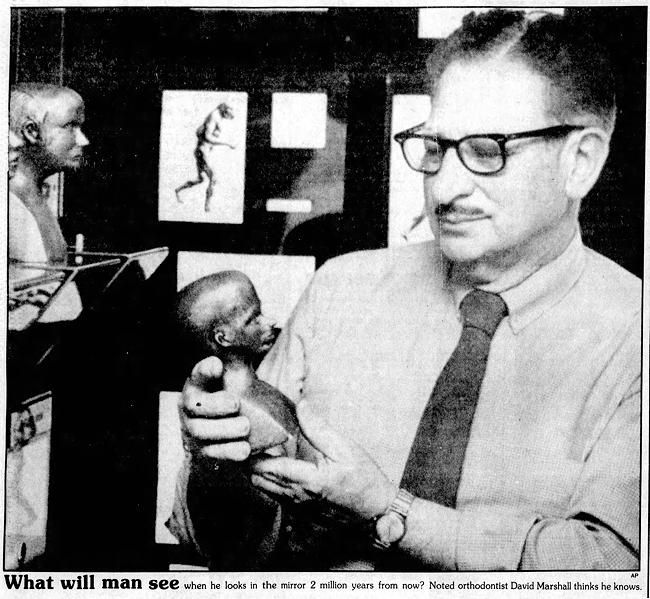
Spokesman Review - Jun 15, 1981
Today’s diet of soft, processed foods will take its toll on the human jaw and teeth, which have been diminishing since prehistoric days when our ancestors used their mouths as weapons, in addition to making tough foods palatable, Marshall says.
“Nature has a wonderful way of providing for her needs. Whatever she doesn’t need, she gets rid of,” Marshall says. “Things develop according to function. If you use something, it develops. If you don’t, it disappears.”
Since people today do not use their teeth the way they once did, future people probably will have much smaller, and fewer teeth, Marshall’s prediction indicates. They will be practically hairless and their jaws will diminish as they have for thousands of years, he says. The chin and nose will be more prominent.
The changes Marshall foresees also will give future people a wider range of facial expressions…
He has turned his office into a museum on the development of the human skull, tracing its evolutionary and embryonic progress in exhibits and photographs… One of the exhibits in his personal museum is a line of busts depicting the evolutionary changes in the human skull from prehistoric times to his vision of what people will look like 2 million years into the future…
But even with the possibility of scientific advances influencing evolution, Marshall expresses confidence that his projections cannot be disputed.
“No one is going to disprove me,” he says. “They won’t be around.”
-The Semi-Weekly Spokesman-Review - June 15, 1981
According to Marshall's obituary (he died in 2006), the anatomical museum he once had in his dental office was eventually moved to Syracuse University. Although I can't find any record of it there now.
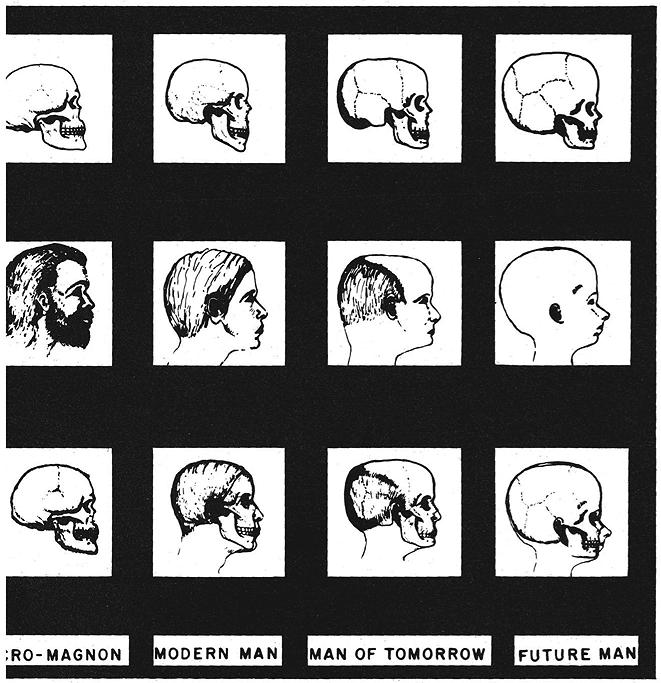
David Marshall, “Changes in the skull—past, present, and future—because of evolution.” Journal of the American Dental Association. Nov 1975.
Posted By: Alex - Mon Sep 23, 2019 -
Comments (4)
Category: Futurism, Predictions, Anthropology
Cultural Shock
I wonder if somewhere the film of this experiment in 'cultural shock' still exists.
Cincinnati Enquirer - Apr 6, 1971
Posted By: Alex - Wed Dec 20, 2017 -
Comments (5)
Category: Anthropology, 1970s
Devolution Through Beer
Posted By: Paul - Thu Jan 19, 2017 -
Comments (5)
Category: Body Modifications, History, Advertising, Anthropology, Dinosaurs and Other Antediluvian Creatures, Fish, Alcohol
Adolph Heilborn’s Theories on Women
I can learn little personally about Adolf Heilborn (1873-1941). But his book THE OPPOSITE SEXES caused a bit of a stir when it appeared in 1927, given that he described the female human as the missing link between ape and male human. Naturally, there was, um, a little pushback.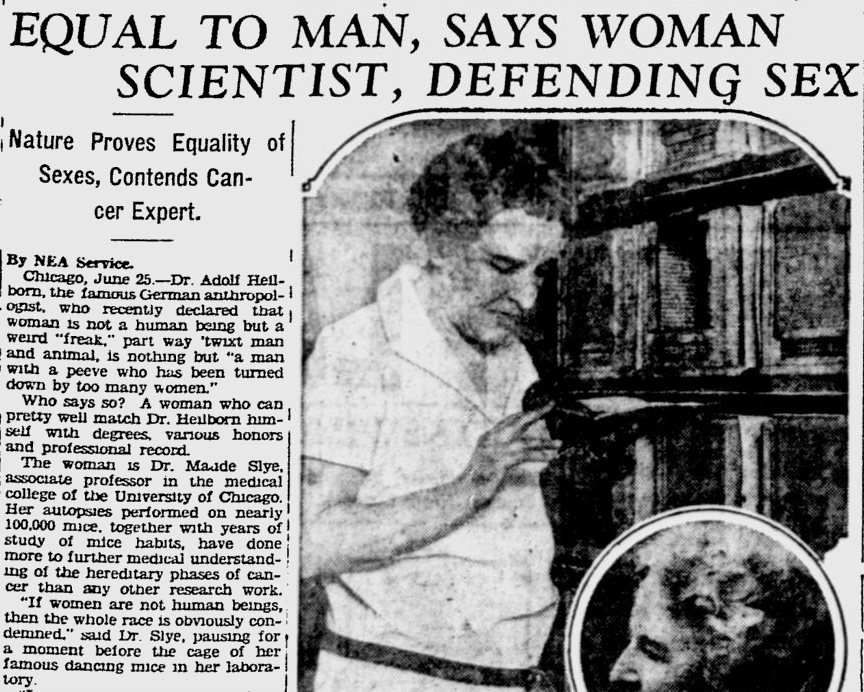
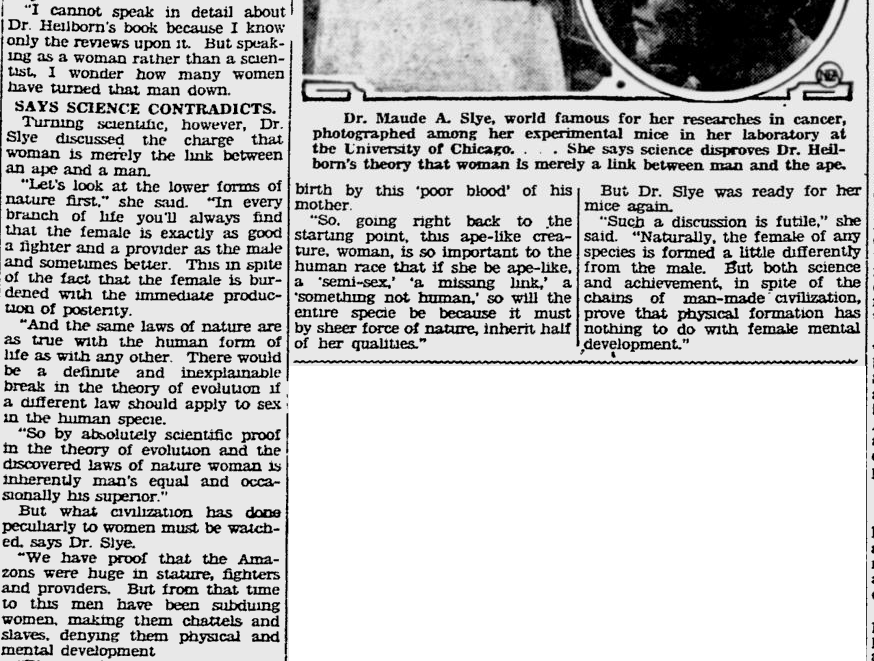
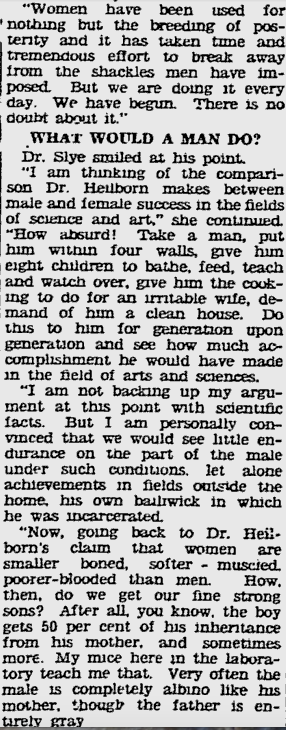

Original article here.
Here is the bio of his opponent.
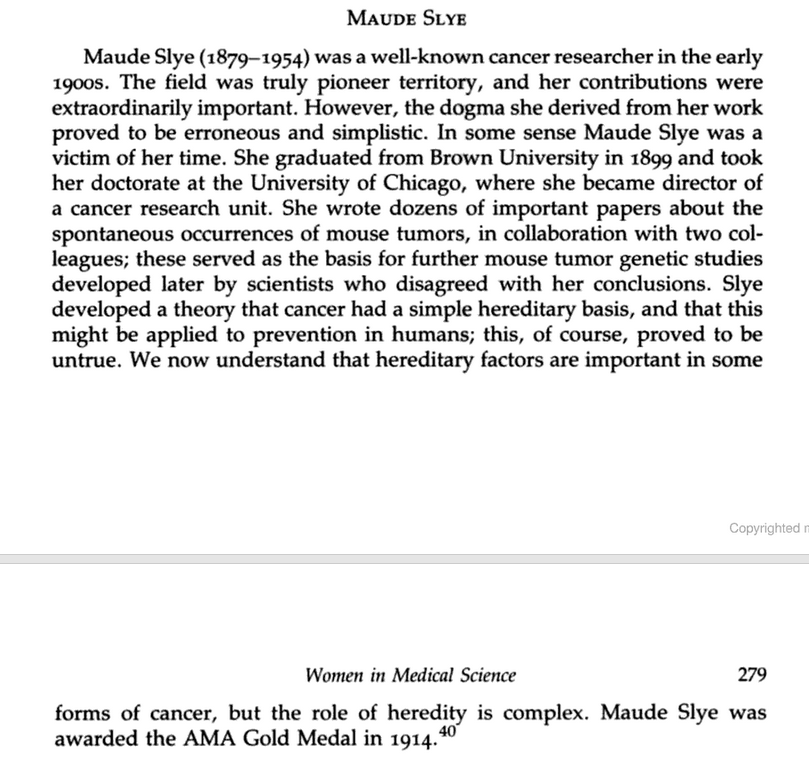
But maybe it was all a joke! If this bookplate belongs to the same fellow, we can see he had a sense of humor.

Posted By: Paul - Fri Aug 26, 2016 -
Comments (7)
Category: Animals, Eccentrics, Feminism, Forgotten Figures and Where Are They Now?, Science, Anthropology, Stereotypes and Cliches, 1920s, Men, Women
Scientist who thought women were like apes
The wikipedia article on Oxford anthropologist Arthur Thomson (1858-1935) notes that he's best remembered for formulating Thomson's Nose Rule, which states that ethnic groups from cold climates tend to have thinner noses than groups from hot climates.Apparently he's not remembered for his "Women Are Like Apes" theory, which he presented to a meeting of the Royal Academy of Sciences in 1927. The basis of this theory was that, "woman's legs are usually shorter, and her arms longer, than man's" — and this, Thomson felt, made women more ape-like.
I was curious whether Thomson was actually correct about female body proportions, and after some googling I've concluded that he probably was — at least about women (on average) having shorter legs as a proportion of their total height than men do. See, for instance, this article by a designer of bicycles for women, which says that's the case.

Harrisburg Telegraph - Oct 5, 1927
Posted By: Alex - Sat Jun 25, 2016 -
Comments (6)
Category: Science, Anthropology, 1920s, Women

| Who We Are |
|---|
| Alex Boese Alex is the creator and curator of the Museum of Hoaxes. He's also the author of various weird, non-fiction, science-themed books such as Elephants on Acid and Psychedelic Apes. Paul Di Filippo Paul has been paid to put weird ideas into fictional form for over thirty years, in his career as a noted science fiction writer. He has recently begun blogging on many curious topics with three fellow writers at The Inferior 4+1. Contact Us |




